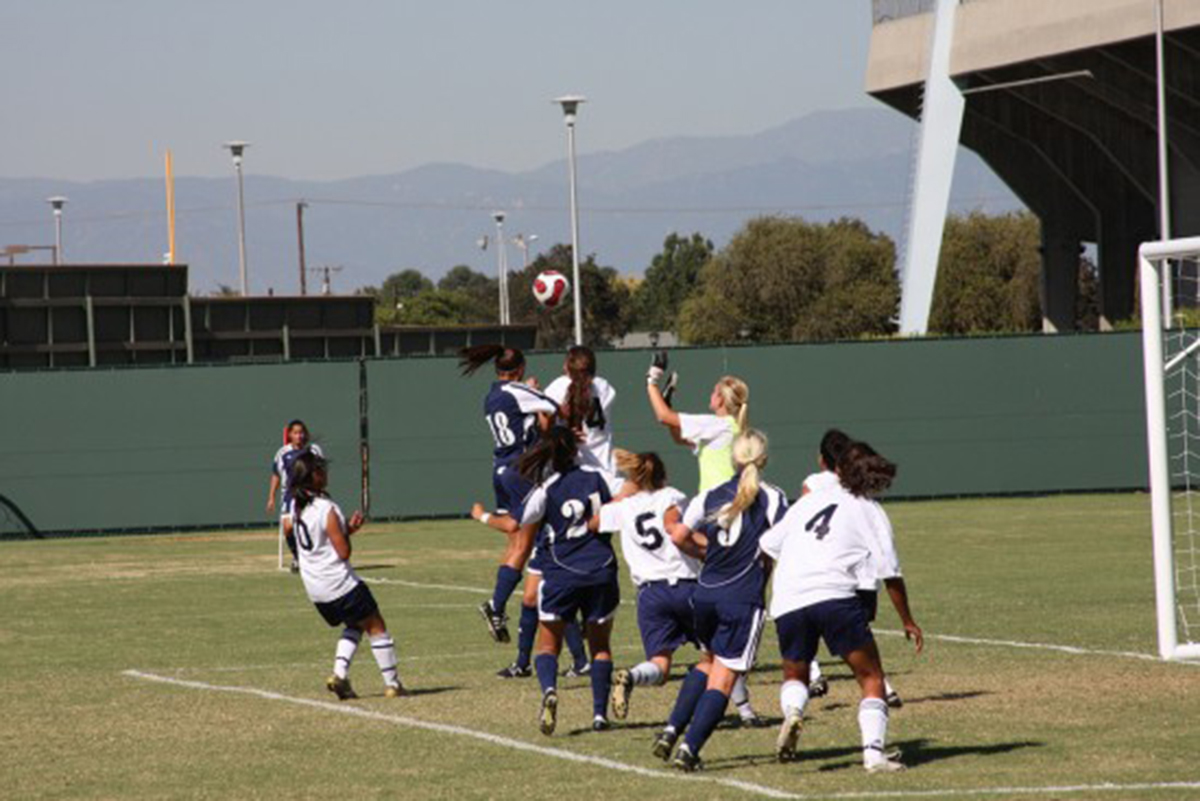Table of Contents
Coaches, parents, and players tend to overlook the single greatest risk after a concussion:

This increased risk only makes sense. Subtle damage to the brain can interfere with reflexes, vision, memory, and judgment so that subsequent additional damage to the brain is almost inevitable. So how can coaches, parents, and players know when it is safe for an athlete to return to the field.
Provocative Testing
Typically players are allowed to go back to their sports--usually after a week or more--when they pass provocative testing. First, there needs to be an absence of any symptoms of the concussion. There must be no evidence of memory loss. The player needs to have normal reflex times. There should not be any mood swings. The player certainly should not be experiencing vomiting or bleeding.
But a few minutes on the sideline is never enough.
Dizziness at the time of the original injury predicts longer recovery time. Injuries to the inner ear canal that cause dizziness usually take more than 21 days to heal, longer in girls than in boys and in women than in men, because dizziness results in delayed reaction time and delayed reaction time increases the risk of additional injury.
What Is the Risk of Chronic Brain Problems?
The injuries caused by a concussion set up the player for additional encounters that result in injury--along with other members of the team. But there is also the specter of Alzheimer's-like brain injuries, like those of the football players most of us have seen in television news reports, or the boxers who suffer dementia pugilistica.
Very, very few kids who play sports for fun suffer these injuries, although up to 15% of professional boxers do. Nonetheless, in elite high school football programs, players may be so driven to succeed, or so hopelessly mismatched against larger teams with larger players, that serious, permanently disabling brain injuries become relatively likely--perhaps 1 chance in 50, instead of 1 chance in 500. We don't know whether there are similar statistics for girls in women on elite soccer teams, for the simple reason that no one has taken the time to compile the statistics.
Read More: The Most Common Fitness Injuries
How to Protect Your Girl from Head Trauma
Most girls who suffer head injuries in sports incur them while playing soccer, and there are no helmets in soccer.
No matter how much she wants to rejoin her team, make sure she has time to make a full recovery.
Educating players, coaches, and parents about the risks associated with head injuries, their symptoms, and the significance of reporting them is paramount. It's also crucial to teach players the right way to head the ball, emphasizing using the forehead while keeping the neck muscles firm and driving power from the legs, not just the neck.
One should be cautious about repetitive heading drills, especially with younger players, to reduce the cumulative impact over time. Furthermore, regular conditioning and strength training, especially focused on neck muscles, can be beneficial as a strong neck might absorb and dissipate forces that could jolt the brain inside the skull.
A frequently overlooked aspect is the equipment itself. Making sure the soccer ball is inflated correctly can reduce the risk it poses when headed. Likewise, maintaining a safe playing environment by inspecting the field for potential hazards and ensuring goalposts are securely anchored can prevent unnecessary accidents.
- Covassin T, Elbin RJ, Bleecker A, Lipchik A, Kontos AP. Are There Differences in Neurocognitive Function and Symptoms Between Male and Female Soccer Players After Concussions? Am J Sports Med. 2013 Nov 6. [Epub ahead of print].
- Covassin T, Elbin RJ. The female athlete: the role of gender in the assessment and management of sport-related concussion. Clin Sports Med. 2011 Jan.30(1):125-31, x. doi: 10.1016/j.csm.2010.08.001.
- Photo by shutterstock.com
- Photo courtesy of Parker Knight by Flickr : www.flickr.com/photos/rocketboom/2923084116/

